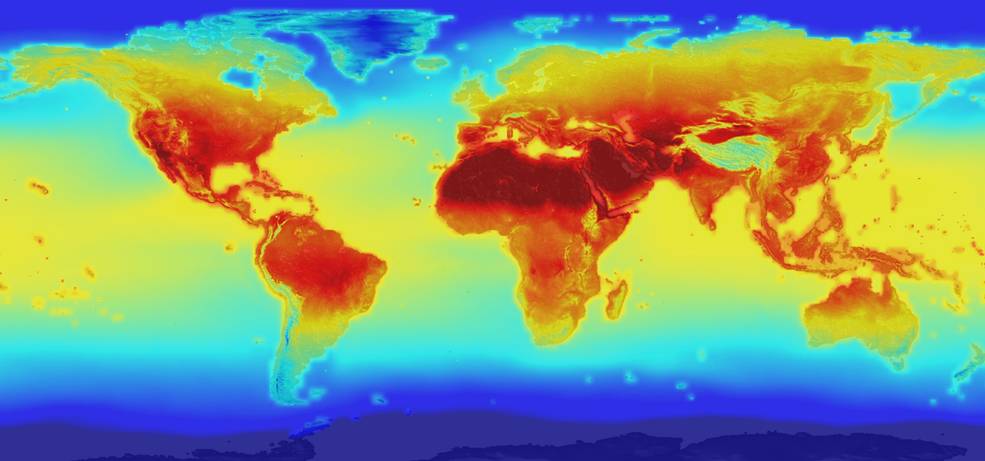
I’m reading a story on Forbes that proposes that 3D printing, rather than regulations or climate accords, will solve the current climate crisis.
While the rambling three-pager wanders over a number of topics, the gist of the proposal is that 3D printing will resolve climate change because:
- The cost of solar panels and wind turbines will be made more efficient due to the “greater precision enabled by 3D printing”
- 3D printing “gives off less smoke and other toxic fumes”, while it “uses the same amount of energy as traditional manufacturing”
- “Companies will need much less shipping”, as “printer farms and mini-factories closer to customers”, and “Fewer goods will be shipped long distances by railroads or ocean vessels due to local supply chains”
- “Over time we’ll get lighter products throughout the economy, so we’ll need less energy to move them around.”
- Less material waste occurs during 3D printing so less energy is required
- Less product waste will occur because unsold inventory won’t be manufactured; 3D printers will make only what people want
And somehow these benefits will be used by engineers and entrepreneurs to solve climate change, driven by economic benefit, not by regulation.
I’m rather skeptical of this premise, as the points above are not always true, or certainly not yet. Climate change mitigation actions are needed now, on a large scale, not years in the future when 3D printers can “print what people want”. They want iPhones, and those are not coming out of a 3D printer anytime soon, possibly never.
Such items are best produced using traditional mass production techniques as they are not required to be unique in any way. They are identical.
I believe more energy is required to produce arbitrary objects in a 3D printer than would be consumed if using efficient mass production techniques. So there would likely be no energy savings if 3D printing was widely used.
I don’t understand the toxic fumes argument; the materials used by the printers are produced in industrial processes anyway. The same resins that are used in a mass manufactured toy are also used in 3D printing the same toy.
The production of 3D printers themselves is a mass manufacturing operation. The production of the materials used by 3D printers is a mass manufacturing operation. Those printers and their materials are often shipped great distances to the buyers, using shipping resources.
3D printing is also an extreme niche activity today when compared with all the traditional manufacturing activity taking place, which itself produces a slim portion of the world’s greenhouse gases. The biggest sources of greenhouse gases in the USA are currently electricity generation (which would likely increase if inefficient 3D printers became widespread) and transportation, which will not be significantly affected by 3D printing, as materials and equipment will still need to be shipped.
Will 3D printing solve the climate crisis? I don’t think so. That is a problem that must be solved with other means, both technological and regulatory – and quickly.
Via Forbes

